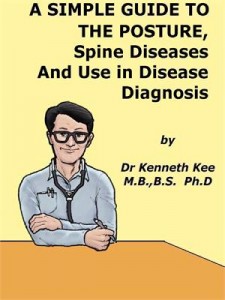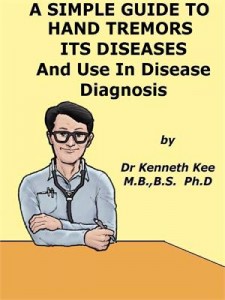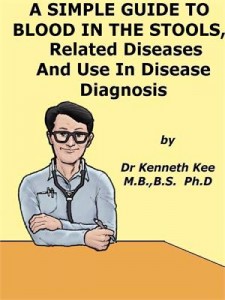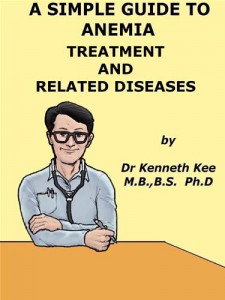The Posture and Disease DiagnosisThe backbone, or spine, is made up of 26 bone discs called vertebrae.It consists of:1. 7 cervical or neck vertebrae2. 12 thoracic or chest vertebrae3. 5 lumbar or lower back vertebrae4. 1 sacrum (triangular-shaped bone at the bottom of the spine).5. 1 coccyx or tip of the spineThe first cervical vertebra allows rotation on the atlas in movement of the head.The rest of vertebra allows for flexion, dorsiflexion and lateral rotation.In a normal person, the posture of the spine is straight with flexion and rotation capability.The vertebrae protect the spinal cord which is the thick cord of nerve tissue within the spinal canal, which in man gives rise to 31 pairs of spinal nerves, and together with the brain forms the central nervous system.The spinal cord is surrounded by a clear fluid called Cerebral Spinal Fluid (CSF), that acts as a cushion to protect the delicate nerve tissues against damage from banging against the inside of the vertebrae.The spine allows a person to stand and bend.The spine, or backbone, is made up of small bones (vertebrae) stacked with intervertebral discs one on top of another.A healthy spine when viewed from the side has gentle curves to it.The curves help the spine absorb stress from body movement and gravity.When viewed from the back, the spine should run straight down the middle of the back.What is Posture?A good normal spinal posture is usually a straight flexible spine with an anterior convex curve in the neck and lumbar region, convex posteriorly in the thoracic region and convex anteriorly in the sacral region.Websters New World Medical Dictionary defines the neutral posture as the stance that is attained "when the joints are not bent and the spine is aligned and not twistedAn ideal posture is one that has proper alignment of the body?s segments such that the least amount of stress is placed on the body?s tissuesMy observations of the postures of patients who entered my consultation room are those with:1. Normal posture2. Pushed forward head posture common among people who do a lot of desk and computer work.When the head is pushed forward, it pulls against the neck, back, shoulders and chest.3. Kyphosis in old ladies with an angulated posture usually due to compression fracture of the spine.4. Some older men and women with milder angulated posture whom I advised to wear a corset to prevent further angulation of the back5. Ankylosing spondolysis is common in young adult males with a stiff and painful back.6. Stiffness of the back due to injury or sprain of back muscles are common in other adults with a stiff back who wish to stand instead of sitting in the consultation chair.7. Scoliosis is present in young girls and boys with a S concavity of their spine.The young adolescents can have their scoliosis prevented by braces or traction.There are also older patients whose scoliosis are already present and cannot be treated without surgery8. Torticollis can be present in young adults with wry neck (due to painful stiff neck muscles on 1 side)9. Patients with neck collars round the neck either due to injury or severe cervical spondylosis.10. Lordosis of the back is common in many pregnant women.11. Sciatica or pain in 1 leg prevents the patient from sitting or standing properly.Sciatica is due to pressure on the nerve from spinal stenosis or herniated disc.12. There are also patients who have their body bend over because of menses cramp and abdominal cramps from diarrhea.13. Sloping of the shoulders may occur in patients who are depressed or tiredTABLE OF CONTENTChapter 1 The Posture and Disease DiagnosisChapter 2 The Spine DiseasesChapter 3 LordosisChapter 4 KyphosisChapter 5 ScoliosisChapter 6 Cervical SpondylosisChapter 7 Ankylosing SpondylosisChapter 8 Spinal StenosisChapter 9 Herniated DiscEpilogue
Simple guide to the posture, spine diseases
Sobre
Talvez você seja redirecionado para outro site









